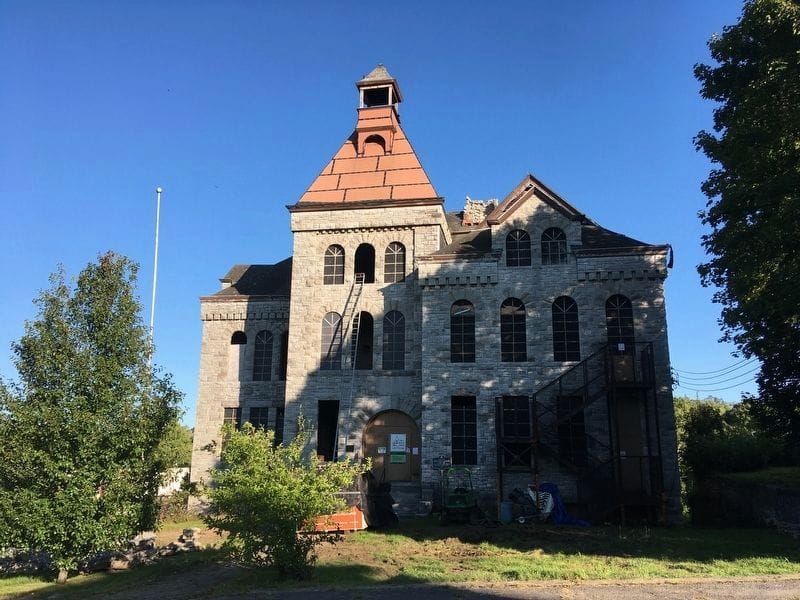A Seed of Progress: Education in Canajoharie, 1846
Step back in time to 1846. Canajoharie, New York, bustles with the energy of a nation finding its footing. Amidst the hum of progress, Canajoharie Academy emerges, not just as a schoolhouse, but as a symbol of ambition and opportunity. This wasn’t simply a place to memorize facts; it was a crucible for critical thinking, where young minds grappled with classical subjects like Latin, Greek, mathematics, and history.
The academy mirrored a nation on the brink of change. The echoes of the Common School Movement, advocating for accessible education for all, resonated through its halls. This commitment to progress is perhaps best exemplified by Susan B. Anthony’s brief but significant tenure as head of the girls’ department. Though her salary was a meager $110 per year, her impact would be immeasurable. It’s likely that her experiences at Canajoharie, witnessing firsthand the disparities between genders, fueled her lifelong fight for women’s rights.
More Than Bricks and Mortar: A Legacy Forged
While the original academy building is gone, its legacy endures. The West Hill School, erected in 1891 on the same hallowed ground, serves as a tangible link to the past. Designed in the striking Romanesque Revival style, it stands as a testament to the academy’s enduring impact.
But the true legacy of Canajoharie Academy lies not in bricks and mortar, but in the countless lives it touched. Imagine the discussions that filled its classrooms, the dreams nurtured within its walls. Further research into the lives of its students – their aspirations, achievements, and struggles – could reveal the ripple effects of the academy’s influence on the community and beyond.
Beyond the Classroom: Canajoharie in Context
To truly understand Canajoharie Academy, we must examine it within the larger context of its time. The year 1846 was a pivotal one for the young nation. The booming Erie Canal, snaking its way through New York, brought unprecedented economic growth and a diverse influx of people to Canajoharie. This newfound prosperity, coupled with the growing momentum of the Common School Movement, created fertile ground for the academy’s rise.
Canajoharie Academy wasn’t simply a product of its time; it was a microcosm of it – a reflection of America’s evolving social, economic, and educational landscape.
What We Know and What Remains Hidden
While we can piece together a picture of Canajoharie Academy from historical records and the legacy of its most famous teacher, many questions linger. What was the day-to-day experience of students like? What pedagogical methods did teachers employ? How did the curriculum evolve over time?
Delving into primary sources, such as student journals, teacher ledgers, and school board minutes, could unveil fascinating insights into the academy’s inner workings. Uncovering the stories of those who walked its halls, both students and educators, would paint a richer, more nuanced portrait of this remarkable institution.
Canajoharie Academy may be gone, but its story is far from over. It’s a story that speaks to the transformative power of education, the enduring spirit of a community, and the potential that blossoms when people dare to dream of a brighter future.
- Georgia Platform: A Southern Strategy, 1850s - March 31, 2025
- How many weeks is 40 days: Quick Conversion Guide for Accurate Results - March 31, 2025
- How many feet is 300 meters? 984 Feet: Understand Length Conversions Easily - March 31, 2025
















